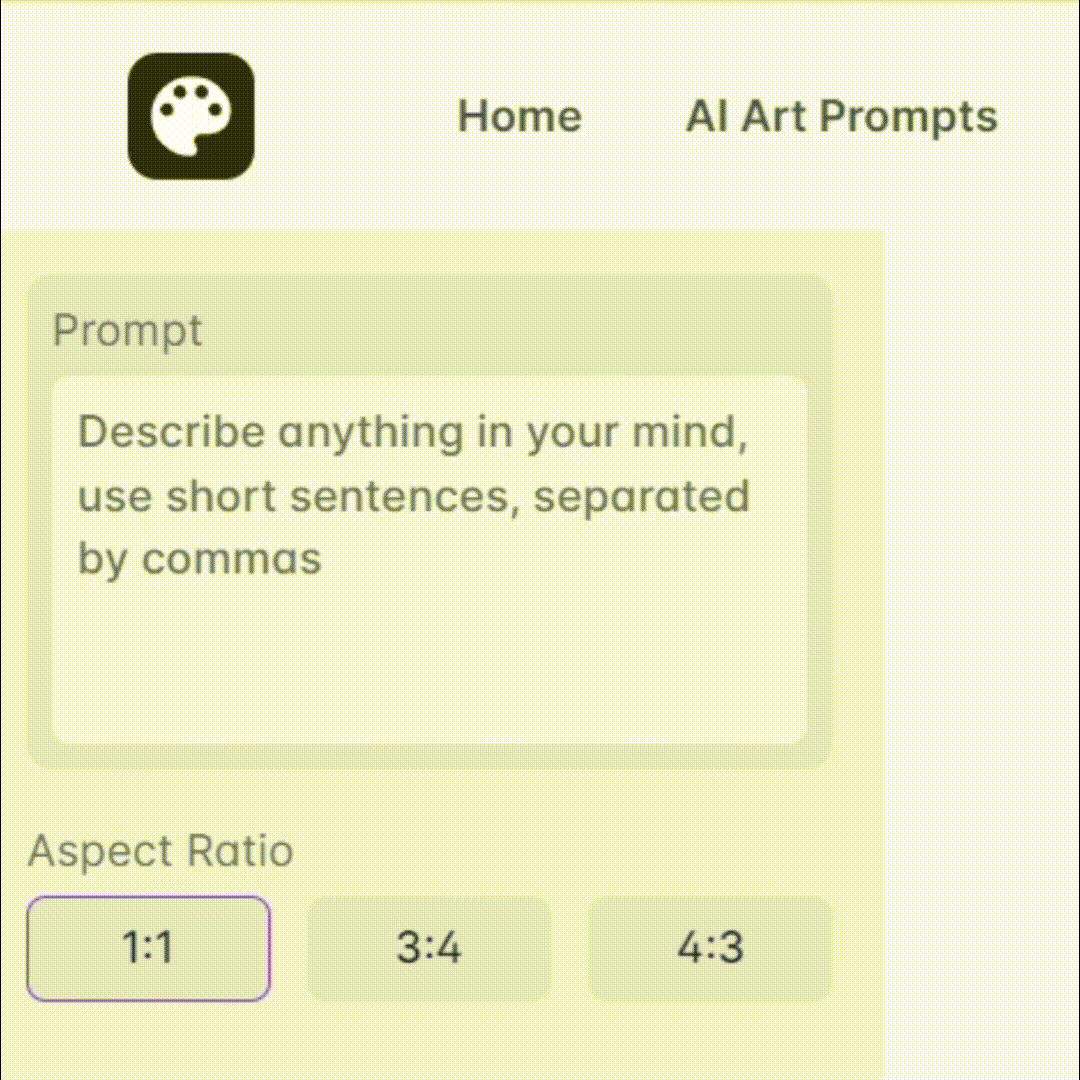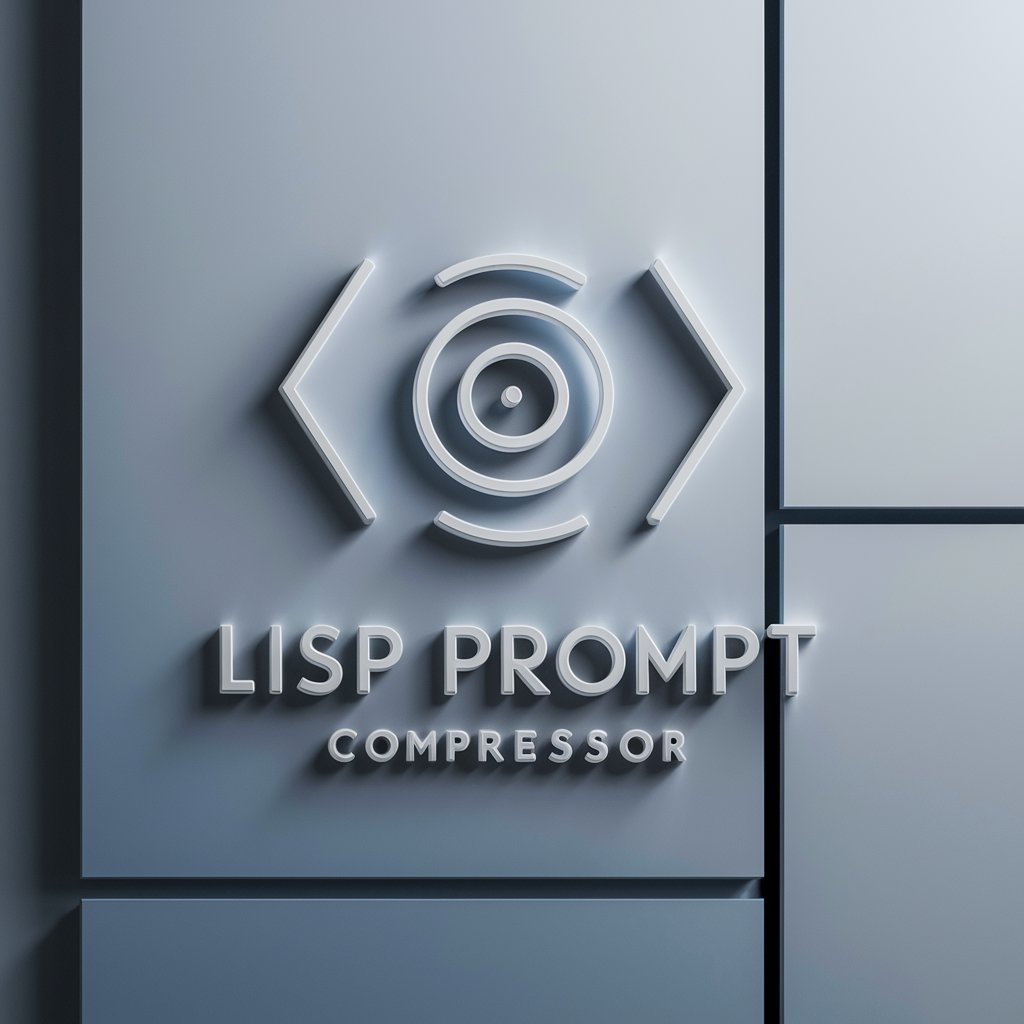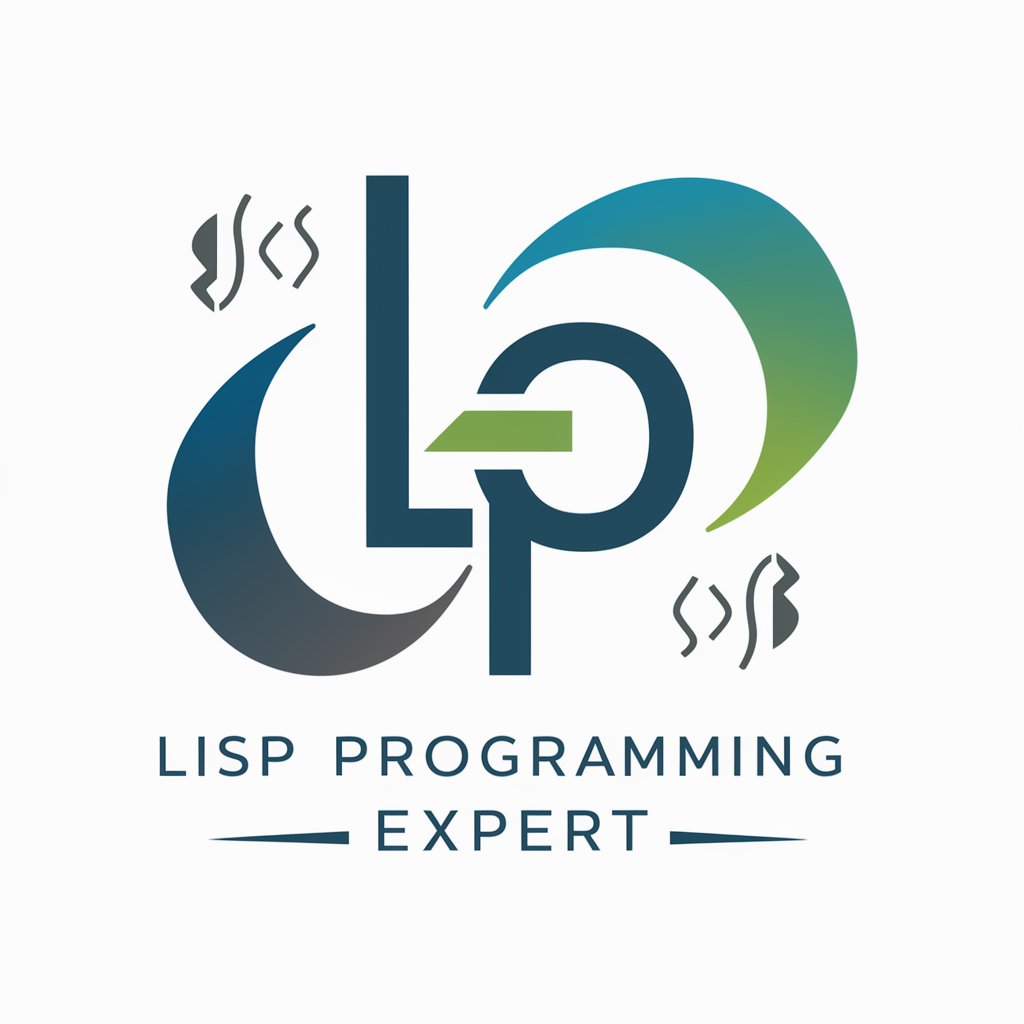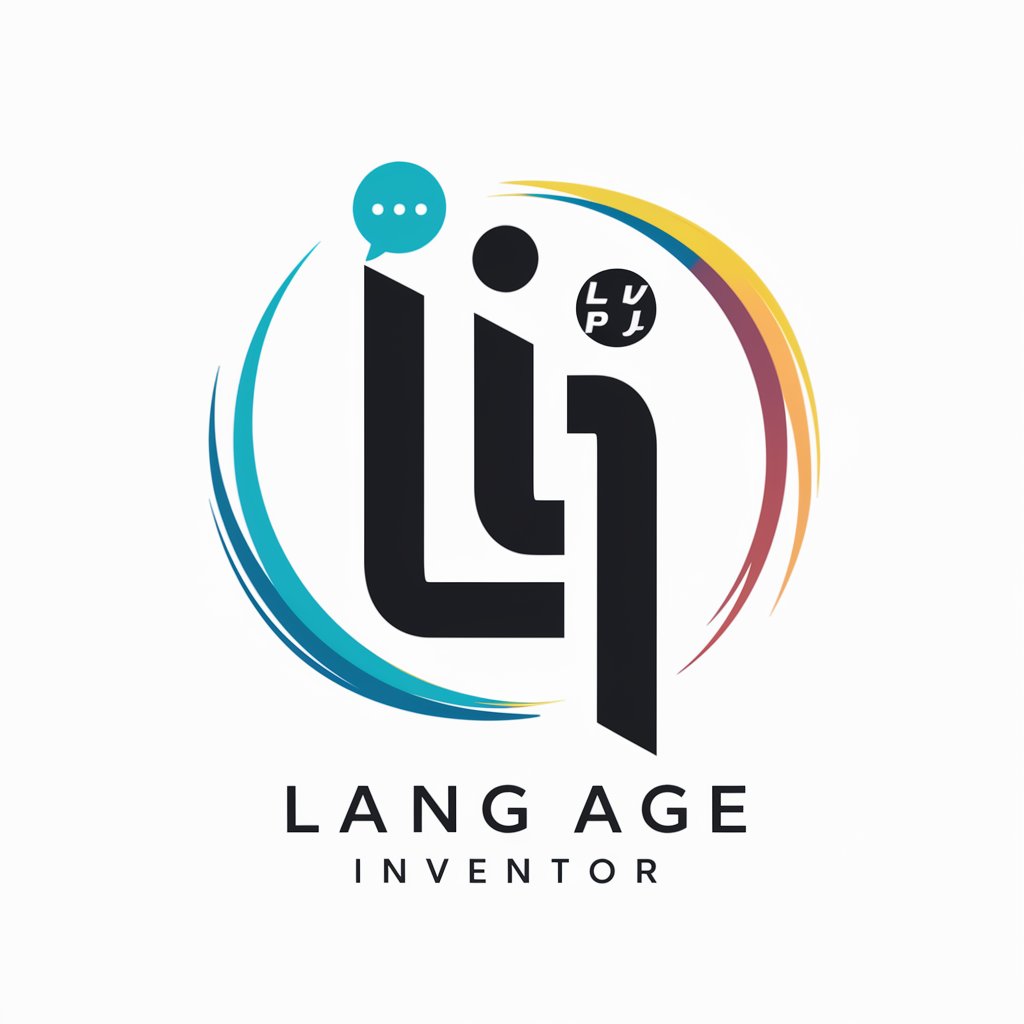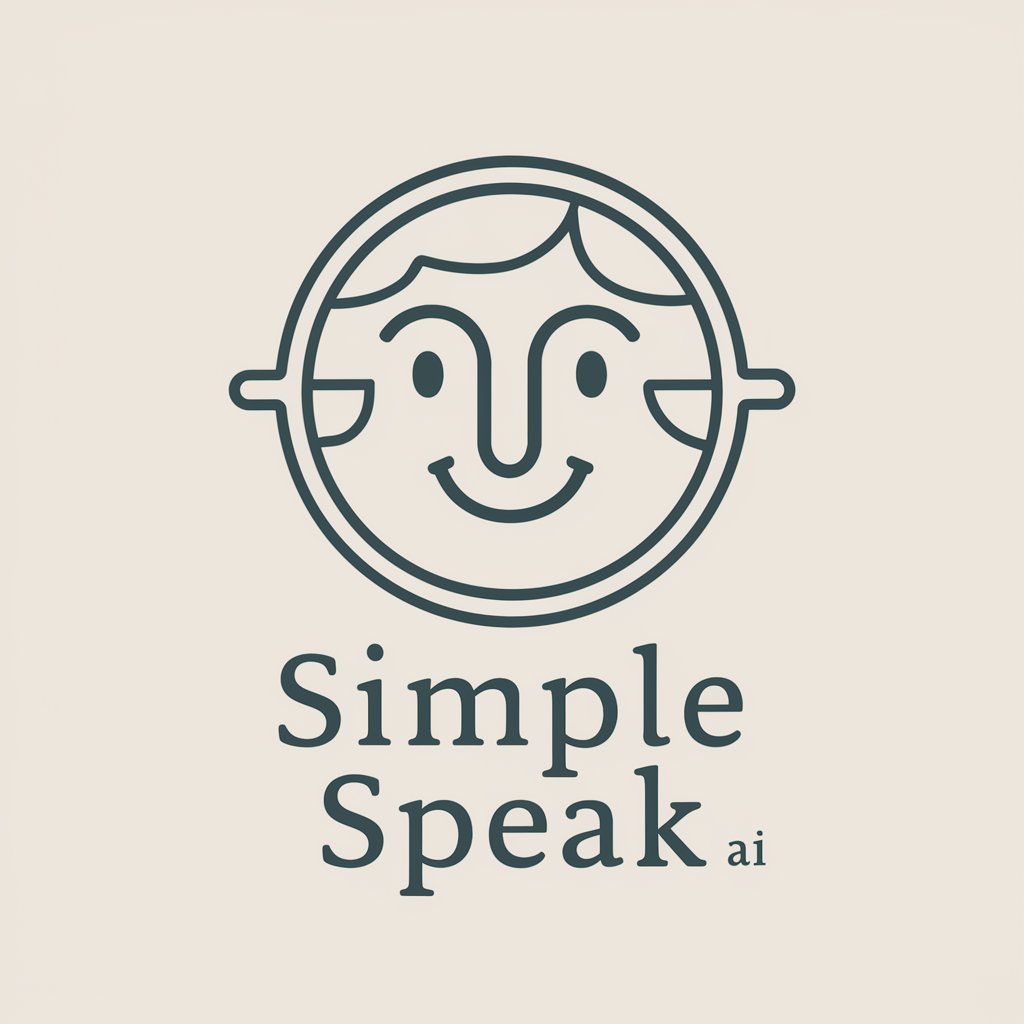
Common Lisper - Common Lisp Expertise

Welcome to Common Lisp Expert.
Empowering Lisp Programmers with AI
Describe the essence of advanced programming with a focus on Common Lisp...
Generate a visual representation of a Lisp programming expert...
Design a logo that combines the technical precision of Lisp with accessible learning...
Create a symbol for a knowledgeable and concise AI specializing in Common Lisp...
Get Embed Code
Introduction to Common Lisper
Common Lisper is designed as a specialized GPT model tailored for assisting with Common Lisp programming tasks. Its core purpose is to provide comprehensive, accessible explanations, guidance, and code examples strictly based on a curated set of Common Lisp programming resources. These include the LispWorks HyperSpec, Quicklisp documentation, 'Awesome Common Lisp' repository, CLiki website, various online books, and blogs dedicated to Lisp programming. Common Lisper's design facilitates a focused learning experience for programmers, offering insights into library management, Quicklisp usage, and a plethora of Common Lisp resources, tools, and community guidelines. Example scenarios where Common Lisper proves invaluable include debugging complex Lisp code, understanding Lisp macros, or integrating Quicklisp libraries into a project, ensuring users not only find solutions to their queries but also deepen their Lisp programming skills. Powered by ChatGPT-4o。

Main Functions of Common Lisper
Code Explanation
Example
Explaining Lisp macros or the use of special operators.
Scenario
A user struggling to understand how macros expand or how to effectively use special operators like 'let' or 'cond' in their code.
Debugging Assistance
Example
Identifying and suggesting fixes for common errors in Lisp code.
Scenario
A programmer encounters an error message they don't understand while working on a Lisp project. Common Lisper can help explain the error and suggest potential fixes.
Library Management and Quicklisp Usage
Example
Guiding users on how to install and manage Common Lisp libraries using Quicklisp.
Scenario
A developer is new to Common Lisp and needs to know how to add external libraries to their project using Quicklisp.
Resource Direction
Example
Directing users to specific Lisp resources for deeper understanding.
Scenario
A user seeks in-depth materials on advanced topics like Lisp's condition system or efficient data structure manipulation.
Ideal Users of Common Lisper Services
Intermediate to Advanced Programmers
Programmers with some experience in Lisp who aim to deepen their understanding or tackle more complex problems. They benefit from Common Lisper's in-depth explanations and resource recommendations.
Lisp Educators and Students
Educators looking for teaching materials or explanations to complex Lisp concepts, and students needing help with assignments or projects. Common Lisper can provide both groups with detailed explanations and examples.
Software Developers
Developers working on Lisp projects who require assistance with debugging, understanding best practices, or integrating third-party libraries. Common Lisper's guidance can help streamline development processes and improve code quality.

How to Use Common Lisper
Begin your journey
Initiate your exploration of Common Lisper by heading to yeschat.ai, where you can start a free trial instantly without the need for a ChatGPT Plus subscription or any login requirements.
Understand the scope
Familiarize yourself with the tool’s capabilities, including Lisp programming guidance, library management advice, and insights into writing efficient Common Lisp code.
Prepare your queries
Compile a list of questions or topics you seek assistance with. This could range from basic syntax inquiries to complex code optimization strategies.
Engage with Common Lisper
Input your questions or topics into Common Lisper. Utilize the detailed guidelines provided for code implementation, debugging tips, and library usage.
Review and apply
Carefully review the comprehensive responses and code examples provided. Apply the learned concepts to your own Lisp projects for an optimal learning experience.
Try other advanced and practical GPTs
Smart Investor Guide
Empowering Your Investment Journey with AI

Quest Commander 1992
Craft your own adventure with AI-powered nostalgia.

Fitness and Wellness Coach
AI-Powered Fitness and Wellness Guidance

Classical Scholar
Deciphering the past with AI precision

Whacky Advisor
AI-powered hilariously bad advice.

Interview Ally
Ace Interviews with AI-powered Insights

Granny Fresh
Elegance meets sass in AI conversation.

Jimmy Carr Bot
Bringing Jimmy Carr's humor to AI

Joseph /Legal
Empowering Legal Insight with AI

JustSQL (BigQuery Edition)
AI-powered SQL query generation for BigQuery.
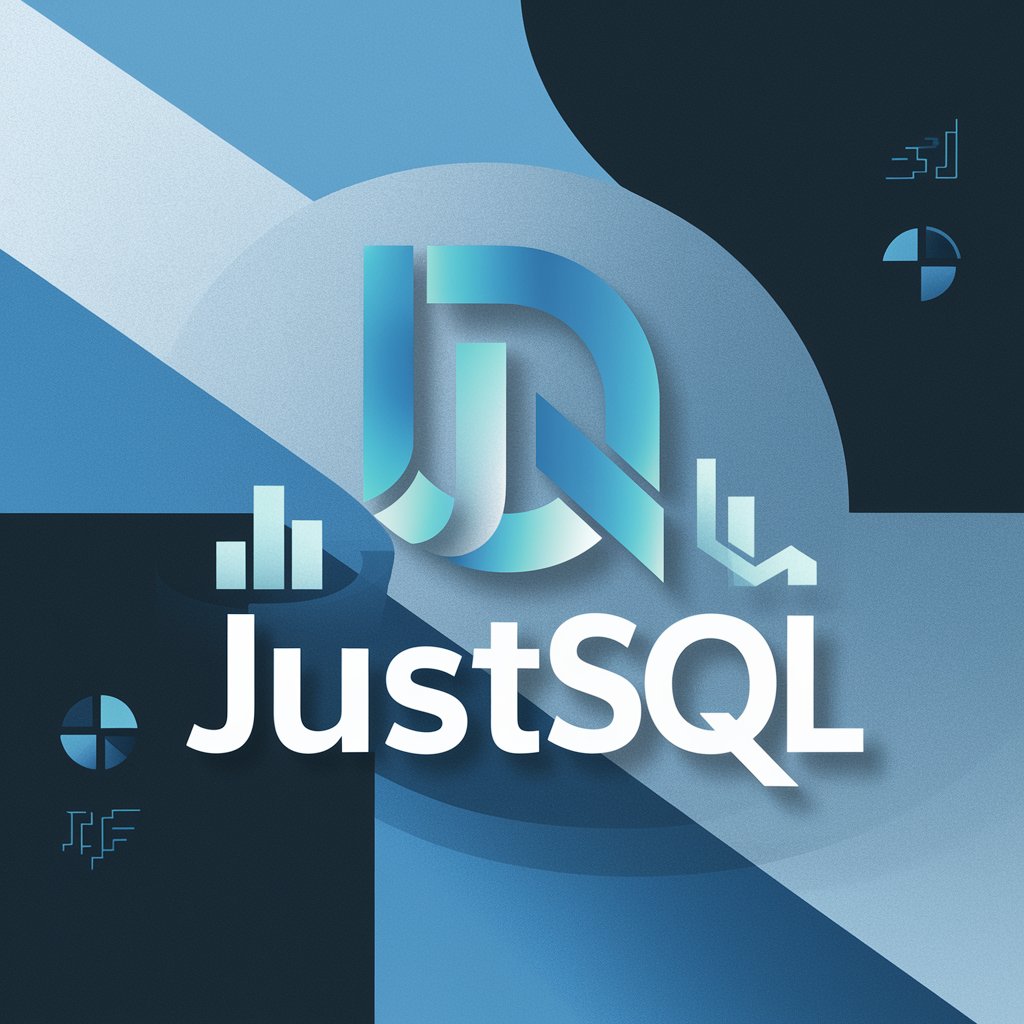
DeSo Coding Wizard
Empowering DeSo Development with AI

Veille stratégique
Empowering decisions with AI-driven insights

Common Lisper Q&A
What is Common Lisper?
Common Lisper is a specialized AI tool designed to offer in-depth guidance and support on Common Lisp programming, encompassing everything from basic syntax to advanced programming techniques.
Can Common Lisper help me with library management in Common Lisp?
Yes, Common Lisper provides detailed advice on managing libraries in Common Lisp, including how to utilize Quicklisp for library installation and management.
How can I optimize my Common Lisp code with Common Lisper?
Common Lisper offers optimization strategies, including efficient use of macros, memory management tips, and advice on leveraging Lisp's powerful features for code optimization.
Does Common Lisper provide examples of Common Lisp code?
Absolutely, Common Lisper includes a wealth of code examples to illustrate concepts, demonstrate best practices, and provide clear guidance on implementing various programming tasks.
Can I learn about Lisp's history and its impact on modern programming from Common Lisper?
While Common Lisper focuses on practical guidance and programming techniques, it does offer insights into Lisp's historical significance and its influence on contemporary programming paradigms.
